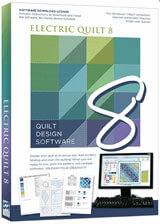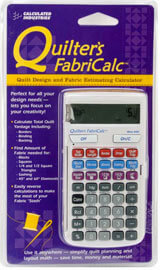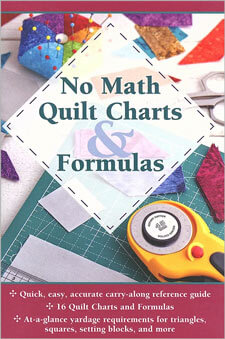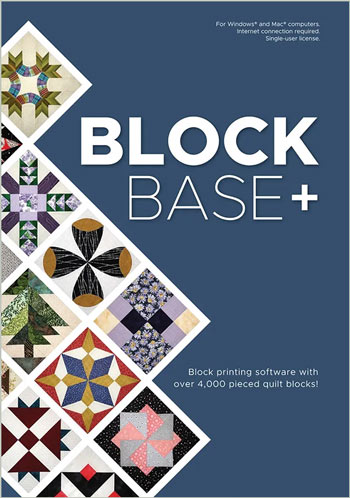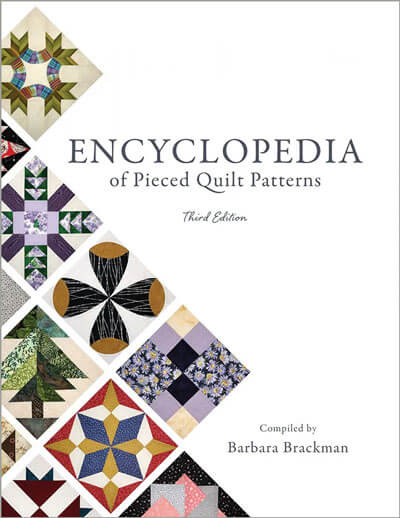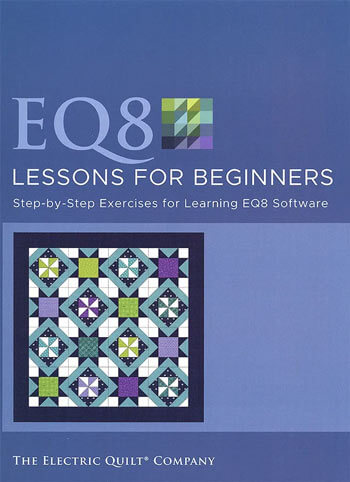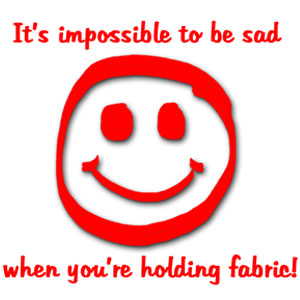- Home
- Quilt Design Inspiration
- Quilt Designs
Deconstructing Antique Quilt Designs
Or how to design a quilt the way YOU want to make it!
This post contains affiliate links, for which I receive compensation.
You spy an antique patchwork quilt tucked away in a quaint little shop.
You drool and you dream.
You're obsessed with making THAT quilt.
But you can't find a pattern.
No matter how hard you try or where you look or who you ask.
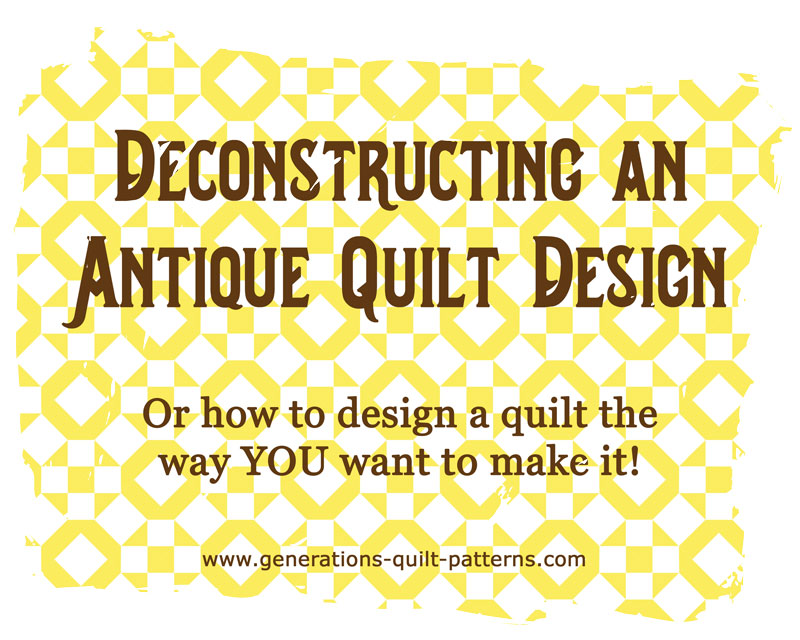
We, quilters, are by nature a curious bunch. Being able to dissect antique quilt designs and then recreate them is the badge of honor we earn as we grow as quilters.
What you'll learn
In this series, you'll practice deconstructing unknown patchwork quilt designs by first considering standard layouts—straight sets or on-point blocks—and then looking for:
- Block settings—either edge-to-edge or with sashing and possibly cornerstones, or...
- Two-block combination designs
After identifying the piecing options, we'll add our personal piecing preferences to the mix to determine which way BEST matches our personal skill set, time and fabric limitations.
To wrap things up, instructions to each 'block solution' will be provided so you can create YOUR OWN 'antique quilt' designs.
Let's get started.
Know yourself as a quilter
When you buy a pattern, the instructions are typically written with a single construction plan. No 'if-you-don't-like-to-do-this-try-this-instead' offered.
However, if you've been a quilter for any length of time, you've probably realized there's ALWAYS more than one way to get things done.
Some of the most important things you can do for yourself are to:
- Identify your own unique quilt-related strengths and weaknesses, and then use them to your benefit
- Be confident in your current abilities, knowing that the more you quilt, the more you grow, the better you get
- Accept there's usually more than one way to create a particular pattern
- Know that it's perfectly O.K. to make a quilt the way that best suits YOU—no matter what the pattern instructions say—you just need to be mindful of the differing fabric requirements
As quilters, we CHOOSE to spend our precious free time quilting.
I want you to be able to wring the absolute, most enjoyment out of every second of it. It is my goal to help you do just that.
As we review the different options for recreating the antique quilt designs that follow, I'll share my own preferences as an illustration of how to evaluate the various solutions we find. Remember though...
Your preferences are as important as anyone else's.
When it's YOUR quilt, they're the MOST important.
If we differ in our chosen construction methods, all that means is that we're different. Neither is better nor worse.
It would be awful if you chose to make your patchwork based on someone else's preferences and skill sets. The result may very well be a quilt that is no fun to make.
And a quilt that's no fun to make, rarely gets finished.
That's a waste of your time. Your money. Your fabric.
I don't want that to happen to you.
Now let's see if we can figure out how to break this patchwork pattern down into doable parts.
"Do you recognize this antique design?"
That's the question asked by a member of a Facebook group I belong to along with a photo of an antique yellow and cream patchwork creation.
It's recreated below. To mimic what I saw, the block lines are 'disappeared'—as my kids used to say—so all you see is the pattern created by the patches. It was quite difficult to detect the seam lines in the actual photo.
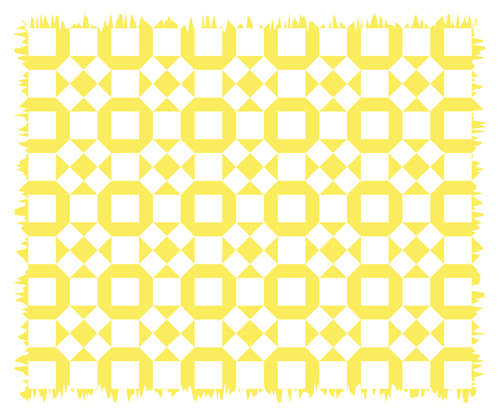 Drawn in EQ7 (I did purchase the upgrade to EQ8 and use it on my iMac.)
Drawn in EQ7 (I did purchase the upgrade to EQ8 and use it on my iMac.)The quilt's edges weren't visible in the photo so it
was impossible to tell if blocks were set straight or
on-point. To assess that possibility, I rotated the design an 1/8 of a turn.
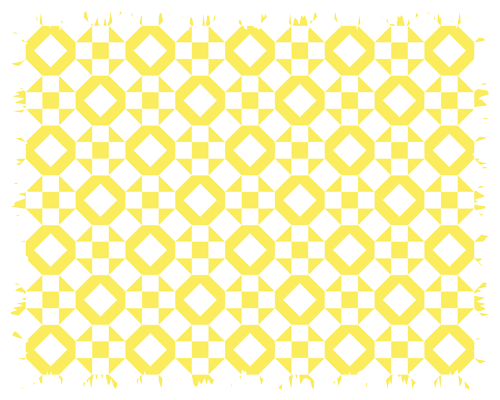 Original design rotated an 1/8 turn
Original design rotated an 1/8 turnIn this set of designs what blocks do YOU see?
Click here to download a worksheet with these two designs in grayscale--sometimes it's easier to use a pencil or notecards to identify the various blocks.
How would YOU make it?
When you're ready to proceed and compare notes, click 'NEXT' below.
Tools to make quilt designing easier...
Click any image for more information, reviews, and pricing.
